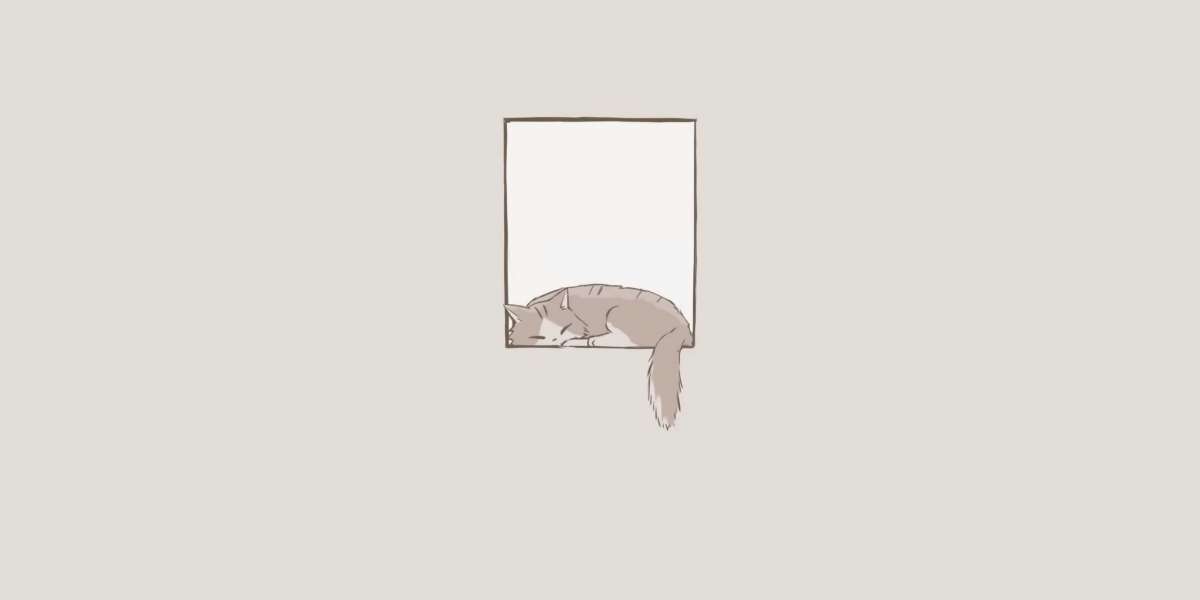When it comes to assessing diamond quality, the cut of the diamond plays a pivotal role. While many people focus on carat weight, clarity, and color, the cut is often the most critical factor in determining a diamond's brilliance and overall appearance. But why is the cut so important, and how does it influence the diamond's value?
Understanding Diamond Cut
The diamond cut refers to how well a diamond's facets interact with light. A well-cut diamond will reflect light internally from one facet to another and disperse it through the top of the stone, creating a dazzling sparkle. In contrast, a poorly cut diamond will allow light to escape through the sides or bottom, resulting in a lackluster appearance.
"The cut of a diamond is what brings it to life. Without a good cut, even the most flawless diamond can appear dull." - Gemological Institute of America (GIA)
Factors Influencing Diamond Cut
Several factors influence the quality of a diamond cut:
- Proportions: The relative sizes and angles of the diamond's facets.
- Symmetry: The precision of the diamond's shape and facet alignment.
- Polish: The smoothness of the diamond's surface.
Proportions
Proportions are crucial in determining how light travels through the diamond. Ideal proportions ensure maximum light reflection and refraction, enhancing the diamond's brilliance. For example, a diamond with a deep cut may appear smaller than its carat weight suggests, while a shallow cut can make the diamond look larger but less brilliant.
Symmetry
Symmetry affects the overall balance and uniformity of the diamond. A diamond with excellent symmetry will have facets that are perfectly aligned, contributing to its overall sparkle. Conversely, poor symmetry can result in uneven light distribution, diminishing the diamond's visual appeal.
Polish
Polish refers to the smoothness of the diamond's surface. A well-polished diamond will have a mirror-like finish, allowing light to enter and exit the diamond without obstruction. Poor polish can create surface blemishes that interfere with light reflection, reducing the diamond's brilliance.
The Impact of Diamond Cut on Value
The cut of a diamond significantly impacts its value. A well-cut diamond can command a higher price due to its superior brilliance and visual appeal. In contrast, diamonds with poor cuts may be less expensive but lack the sparkle and fire that make diamonds so desirable.
Choosing the Right Diamond Cut
When selecting a diamond, consider the cut grade provided by reputable grading laboratories such as the GIA. The cut grade ranges from Excellent to Poor, with Excellent being the highest quality. An Excellent cut grade ensures that the diamond has been crafted to maximize its brilliance and beauty.
For example, the 1.5 Carat Round Brilliant Diamond with an Excellent cut grade from our collection showcases the pinnacle of diamond craftsmanship. Its proportions, symmetry, and polish are all optimized to create a stunning visual effect.
Conclusion
In conclusion, the cut of a diamond is a critical factor in evaluating diamond quality. It influences the diamond's brilliance, visual appeal, and overall value. By understanding the importance of diamond cut and considering factors such as proportions, symmetry, and polish, you can make an informed decision when purchasing a diamond.
For more insights into diamond quality, watch our informative video on how diamond cuts impact brilliance and value.
References
 ```
```








